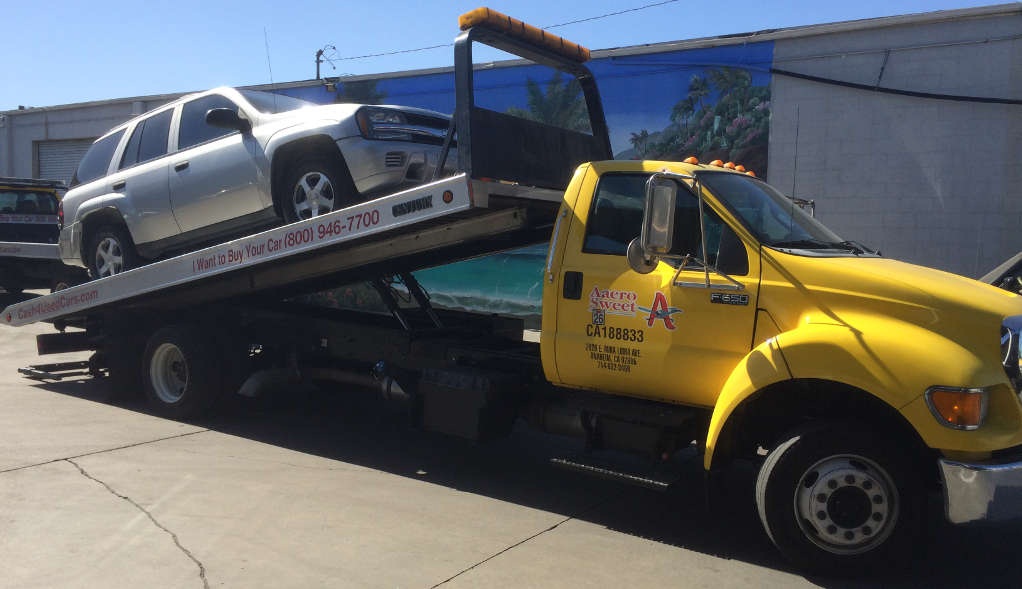The purpose of a cable tray system is to course, support, as well as safeguard the cord as a component of the cord monitoring system. With NEMA as well as the Wire Tray Institute numerous short standards, articles, as well as various other basic guidelines can be found concerning the correct usage and installation of cord tray systems.
The cable tray system is only one part of the cable monitoring system. Another crucial element is clearly the cable. As a result, it is also vital to comprehend how to effectively use as well as install the wires in a wire tray system. Therefore, this Notice is intended to discuss the types of wires most often used in cable trays, as well as the electrical wiring approaches permitted in cable trays under the National Electric Code NFPA 70.
To learn about the cable ramps, please visit the link.
In general, tray-ranked cables are quality products that have been checked to hold up against the rigors of serious environments. They are shielded by either a plastic Jacket/steel shield over individual conductor insulations. They can be rated for outdoor, for corrosive areas, interior, for harmful areas, or high electric noise areas. They ought to be UL detailed indicating they have been examined for scores relative to flammability resistance, mechanical resistance, as well as temperature level restrictions. Numerous wire tray-rated wires include a crush and effect examination as a component of the listing as well as are rated as direct exposure rated. The emergency wire is enabled to leave the cable tray for ranges up to six feet, as long as it is sustained and safeguarded.
Oftentimes there is greater than one sort of cable for a specific application, for instance, both wires rated as tray cable as well as cables rated as steel clothed, can be utilized for a 600-volt motor power line. In all circumstances, cables utilized within a cable tray system should be UL noted, as well as marked as cord tray ranked.




